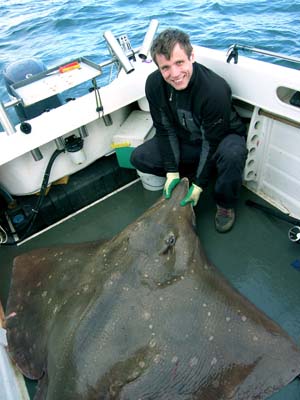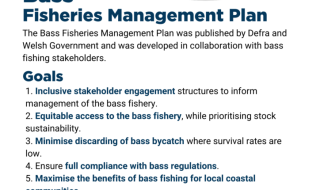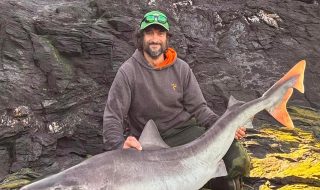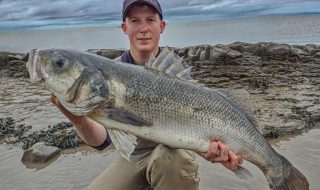Years of lobbying by the Scottish Sea Angling Conservation Network (SSACN) and data gathering by volunteer sea anglers to argue the case for a Marine Protected Area (MPA) to help preserve stocks of common skate in Scottish waters have been rewarded by the Scottish Government announcing the Loch Sunart Marine Protected Area (MPA).
The common skate was once found around the entire British coastline but unsustainable levels of commercial fishing throughout the 19th and 20th centuries reduced the species to refuge populations which are only found in a limited number of locations off the west coast of Scotland and Orkney.
The purpose of the Loch Sunart MPA is to facilitate the very differing management, monitoring and surveying requirements of conserving common skate which are the largest skate in the world, however, as the species are slow growing and take a long time to reach sexual maturity, the rate of any recovery of the population is likely to be slow and will therefore benefit from the spatial protection offered by an MPA in addition to the existing ban on fishing vessels landing them.
On hearing of the announcement, Ian Burrett, SSACN’s Chairman said ” This is due reward for all the effort put in by our volunteer taggers, SSACN staff and Project Officers Julie Hope and Lewis Cowie, whose combined commitment and effort to the MPA process made all this possible.
and continued “Licensed activities at sea will be subject to the new nature conservation MPA designation orders that come into force on August 7th. Fisheries management measures for all of the sites will be developed during an intensive two years process – we will see to what extent the Scottish Government are actually committed to the process when the fine detail of those management measures are released.”
Data gathering is carried out as part of SSACN’s project, the Scottish Shark Tagging Programme (SSTP), by volunteers and a series of special events.
The SSTP aims to tag and record for scientific record as many Scottish shark species as possible. Tagging data gained through events like Sharkatag contribute greatly to the charities tagging database which now holds data on over 7,000 tagged sharks, skates and rays; as scientists know surprisingly little about the lives of sharks the data gathered is invaluable in helping illuminate migration patterns, site fidelity and both positive and negative population changes.






